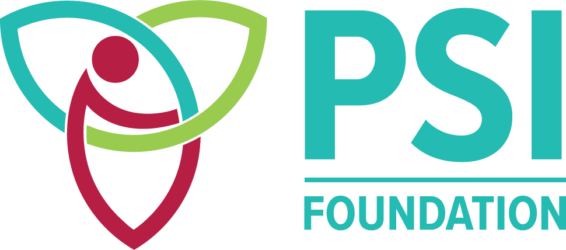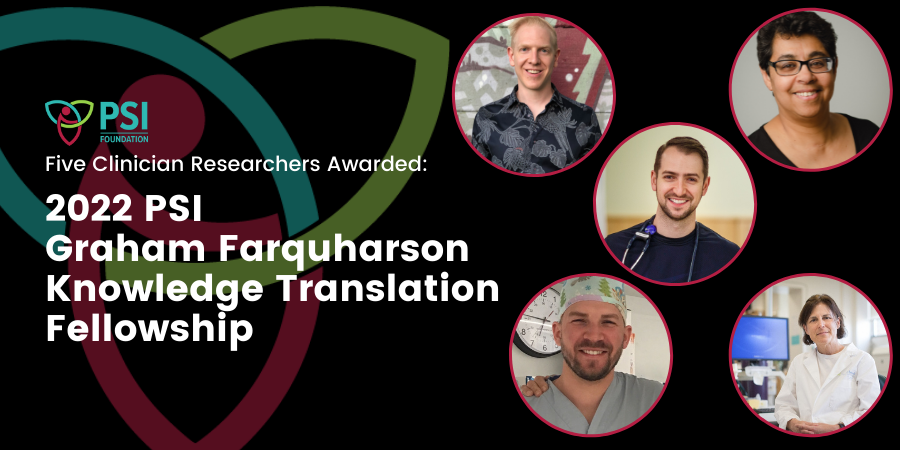“Historically this population has been underfunded, so it’s really important that PSI has funded dysvascular amputee research. We were happy to get this PSI grant, and it really built the confidence of the researchers in Ontario so that now we can work together and do bigger things.” – Dr. Amanda Mayo, Sunnybrook Health Sciences Centre
“We’re very grateful to PSI for funding this work because it really lit a spark and galvanized our research community, and it will ultimately improve the quality of life for the limb loss community.” – Dr. Sander Hitzig, Sunnybrook Health Sciences Centre
A PSI Foundation–funded grant to examine the health and quality of life of people with dysvascular limb loss has not only provided important insights into this understudied population but has also helped to develop the limb loss research field in Canada.
“Our overarching goal of is to develop collaborative research so that our patients do better, but to do this, we need to know how they’re doing and the resources they lack,” says Dr. Amanda Mayo, a physiatrist at St. John’s Rehab at Sunnybrook Health Sciences Centre who specializes in amputee rehabilitation. “This funding has allowed us to build a more cohesive and collaborative research program, but also work toward the greater aim of improving clinical outcomes for this patient population.”
Each year, approximately 1,500 people in Ontario have a major lower limb amputation due to dysvascular causes such as peripheral vascular disease or diabetes, making it the most common cause of lower limb loss in Canada. And the problem is expected to grow as the incidence of diabetes increases.
While any type of amputation can be traumatic, people with dysvascular limb loss face different challenges than those who lose limbs due to other causes, such as accidents.
“They’re a very vulnerable and frail population. They are usually older and tend to have a high number of comorbidities leading up to their amputation, in particular heart disease, arthritis and neuropathy,” says Dr. Amanda Mayo. “After the amputation, they’re at greater risk of complications, falls, depression and not being able to get back to community living.”
In 2018, Dr. Mayo and her co-principal investigator, Dr. Sander Hitzig, a scientist focused on aging and disability also based at St. John’s Rehab, received a PSI Foundation Clinical Research Grant to examine the health and quality of life outcomes of people with dysvascular limb loss – the largest study of its kind in Canada.
Study finds that physical and mental health decline post-amputation
In the study, the research team interviewed more than 230 people with limb loss about their physical and mental health, mobility, social connections and quality of life after amputation. They also interviewed 35 people from this group in more depth about their experiences of living in the community after amputation.
The study results showed some troubling trends. The people they interviewed experienced poor physical health, with an average of five comorbidities, most commonly diabetes, pain and high blood pressure. After amputation, mental health also tended to decline, and many people became more isolated; about one-third of interviewees expressed that they were lonely.
But the study also identified factors that could help people to cope better after limb loss; less impactful morbidities, a higher sense of self-confidence, and strong levels of social support were associated with better physical or mental health.
The interviews were done before the COVID-19 pandemic, but anecdotally it is likely that the pandemic has hit this population particularly hard.
“I think the pandemic has magnified how significant being socially isolated can be for anyone, and this was an isolated population before the pandemic,” says Dr. Hitzig. “We don’t have data about this yet, but they may have become more isolated and disconnected due to many of them being immunocompromised, and their physical health may have declined because of clinics being closed, not being able to get to the hospital, or surgeries being delayed.”
Results will help inform supports for vulnerable group
In addition to the interviews, Dr. Mayo and Dr. Hitzig analyzed data from a large cohort of Ontarians with lower limb amputations to understand their health care usage and the economic cost of dysvascular amputation. While this part of the project is not yet complete, early results suggest that people with limb loss are very high users of the health care system, visiting family physicians, specialists and emergency departments multiple times in the year following their amputation.
In fact, approximately 30% of people with dysvascular limb loss are admitted to long-term care and 30% die within two years of their amputation.
“These people are having significant health issues. We try to help them recover as best as possible through rehab, but many continue to decline,” says Dr. Hitzig. “There is a negative impact on the person and their family members, but there is also a health care system cost that we’re now hopefully starting to better understand.”
With a better understanding of the quality of life for people with dysvascular lower limb loss and the related social and economic costs, Dr. Mayo and Dr. Hitzig hope that the results from this project and their larger research program can be used to screen people who may be at greater risk of social isolation, as well as develop or connect people with programs to support their physical and mental health after an amputation.
“Predicting which patients are most at risk of isolation or not successfully integrating into the community would allow us to do more targeted rehab or pre-operative care,” says Dr. Mayo. “Looking at the data from this project, we see many opportunities for future collaborative research and ways to use the results to improve quality of life.”



